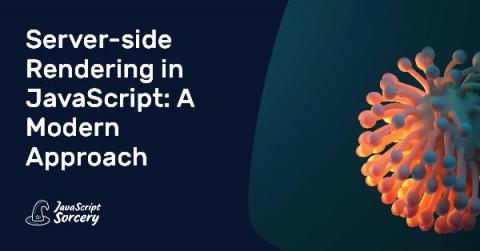Systems | Development | Analytics | API | Testing
%term
Why Data Analytics Is Important for Business Success
Given the competitive value of analytics and rapid adoption rates across industries, you can’t afford a subpar analytics program. In the late 90s, Oakland Athletics general manager Billy Beane used data to discover undervalued talent and assemble a perennial playoff-caliber team, and he did so on a shoestring budget compared to Major League Baseball’s heavy hitters. Beane’s pioneering use of data analytics became the subject of the bestselling book Moneyball.
Why ELT Is the Future of Data Integration
Many analytics programs struggle to assimilate data from numerous and unpredictable sources, but automated ELT offers a solution. Why do so many businesses struggle to establish successful analytics programs? A lack of data is not the problem. Data volumes — from hundreds of cloud applications to millions of IoT endpoints — are exploding across organizations and industries.
Cloud-Based Data Analytics in Three Steps
Implementing a modern, cloud-based analytics stack doesn’t have to be hard — you can do it in three steps, actually. Implementing a modern data stack (MDS) — data integration tool, cloud data warehouse and business intelligence platform — is the best way to establish a successful analytics program as data sources and data volumes multiply.
Server-side Rendering in JavaScript: A Modern Approach
Let’s talk about SPAs. It all starts from a blank page which is subsequently filled with HTML and JavaScript. If we take PHP pages as an example, they already come bundled with the server, which is an advantage in terms of performance, right? For situations like these, server-side rendering frameworks (such as Next.js) come to the rescue. They process the code on the server-side to pre-fill the HTML result page with something (if not the whole page) before it reaches the browser.
How to Achieve Successful Digital Transformation
How a Discovery Data Warehouse, the next evolution of augmented analytics, accelerates treatments and delivers medicines safely to patients in need
I met Matthew in New York City about a year ago. We sat in a private conference room and he told me the story of his pharma startup. A small group of researchers set out to solve the black-box enigma of certain kinds of vicious cancers. There are so many cancers, so their vision was to focus on especially heinous ones. Fast forward to their recent FDA approval of their “Hail Mary” procedure and treatment methodology for stage-four patients of a particular cancer.
Unravel's Hybrid Test Strategy to Conquer the Scaling Giant
Unravel provides full-stack coverage and a unified, end-to-end view of everything going on in your environment, plus recommendations from our rules-based model and our AI engine. Unravel works on-premises, in the cloud, and for cloud migration.
New in Databox: Track and Compare LinkedIn Ad Performance by Campaign Groups
Introducing Compute Units. How To Choose Correct Compute Power For Your Test.
Previously Loadero had the same amount of compute power assigned to each participant in every test, but applications that our customers test are different and have different demands for end user machine resources. That is why we added compute units to give our customers better flexibility in test creation. This also allows to run much larger load tests as well as optimize cost of running the tests for the applications that don’t use much compute power.











